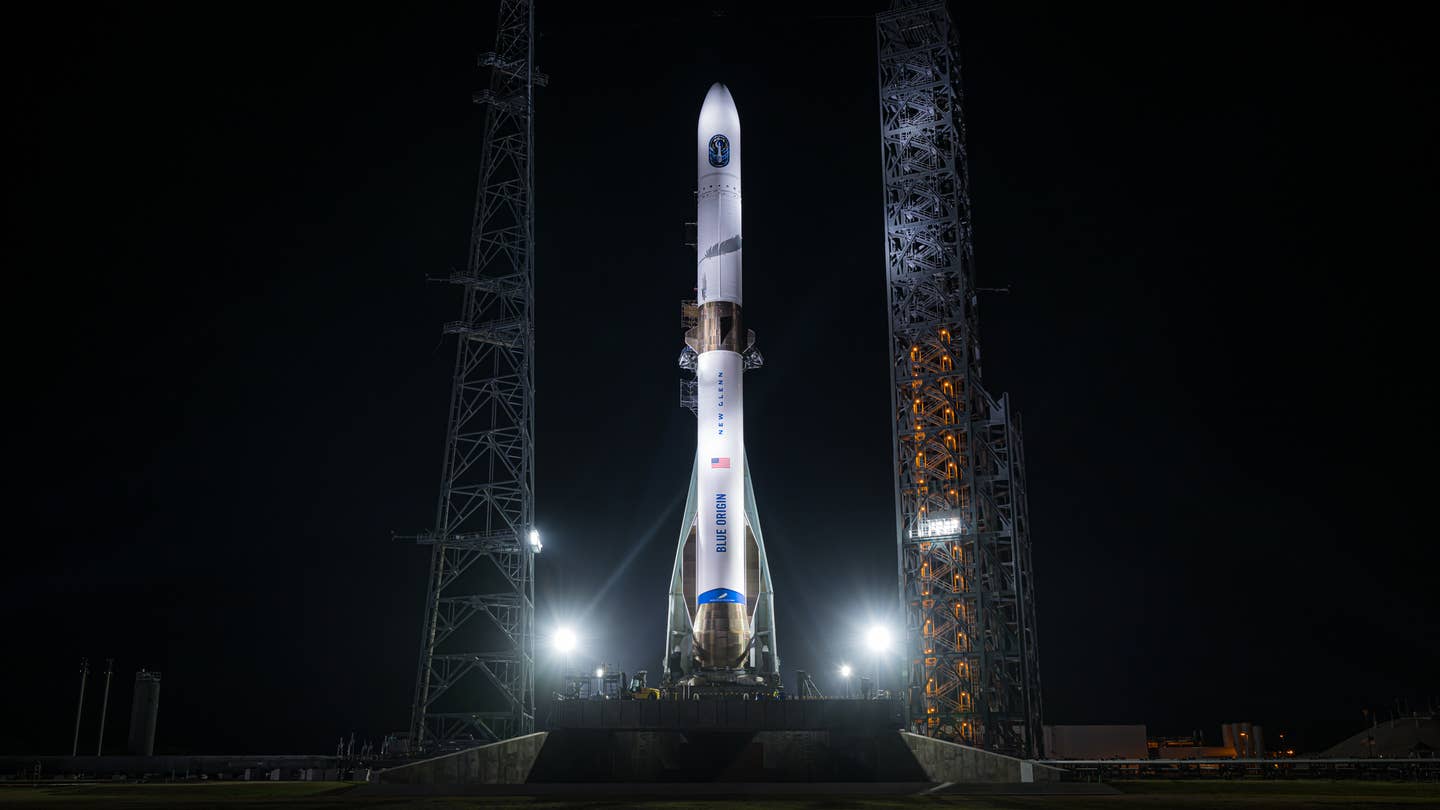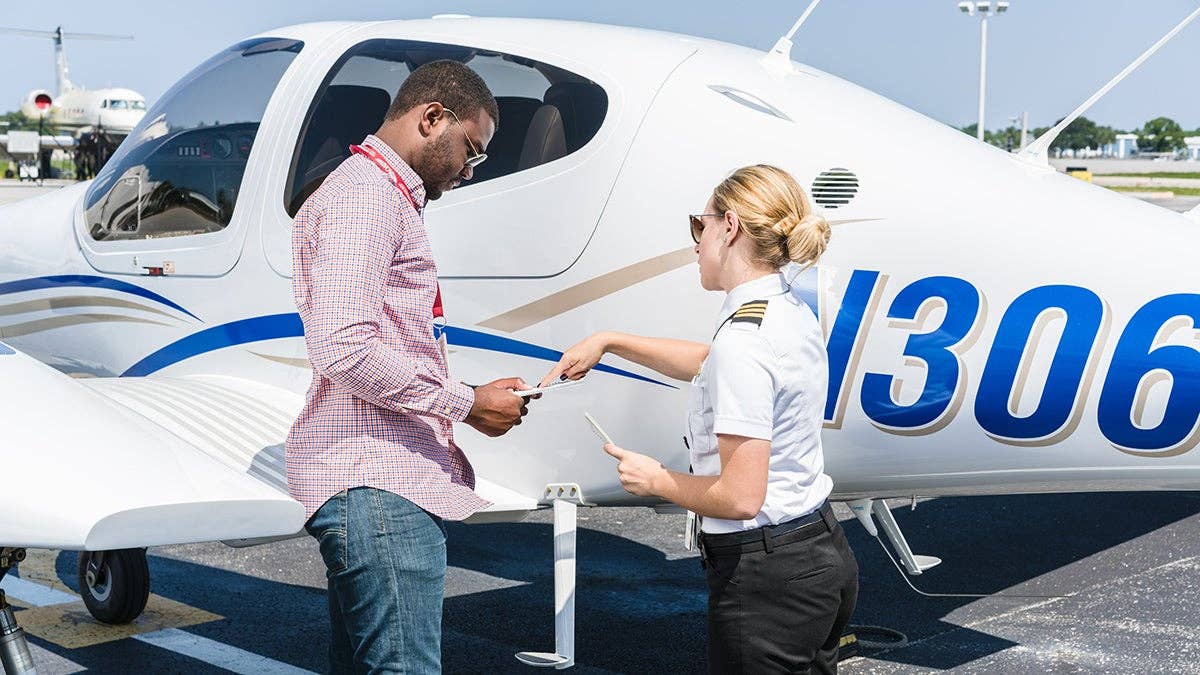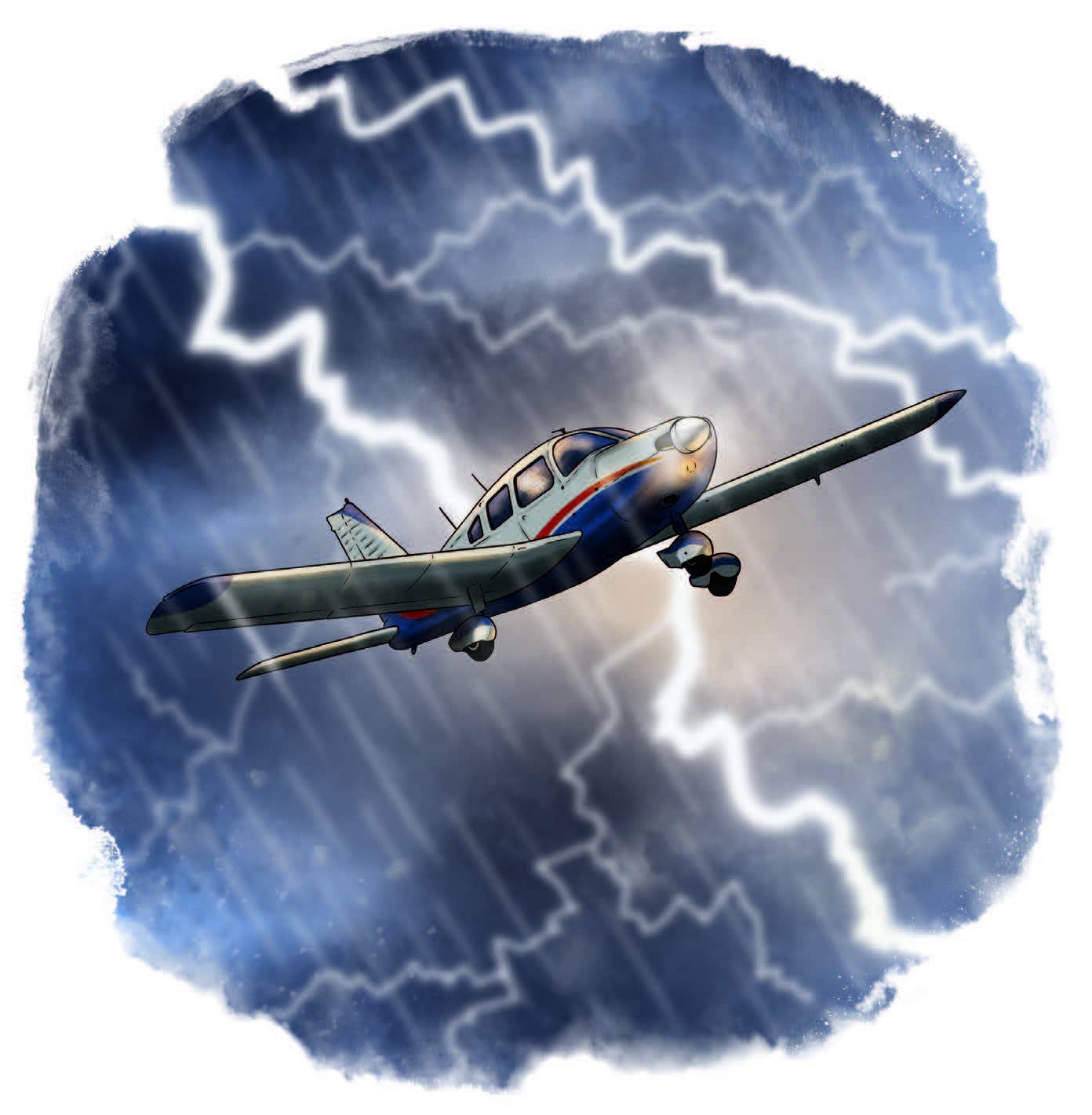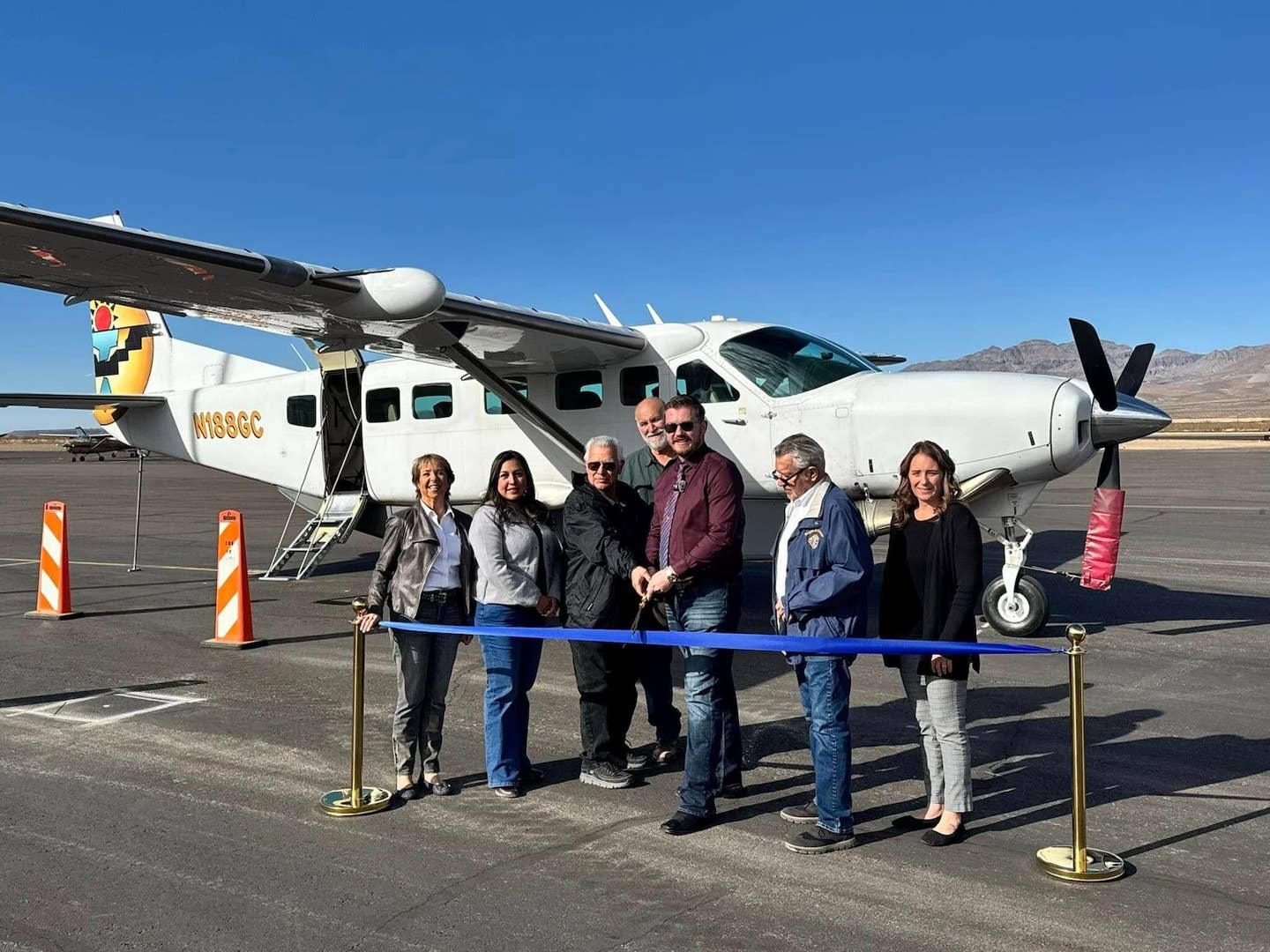
** Senator Stevens and four others died last
fall when the Turbo Otter they were flying in
crashed in this remote region of Alaska.**
Ten months after a de Havilland Turbo Otter amphibious floatplane carrying Senator Ted Stevens crashed in mountainous Alaskan terrain, killing Stevens and four others, the NTSB is pressing the FAA to reevaluate the issuance of medicals to pilots with a history of stroke.
The issue took on importance after NTSB investigators discovered the accident pilot was flying with an unrestricted first-class medical at the time of the crash despite having experienced a stroke a few years earlier. While the airplane lacked crash-resistant flight recorders and investigators were not able to determine what exactly occurred, “pilot unresponsiveness” during the final minutes of flight has been cited as the probable cause.
The pilot’s medical was issued by an FAA Alaska Regional Flight Surgeon after a standard evaluation and a review of a status report provided by a local neurologist. During a post-accident interview, the flight surgeon, who had never personally treated a case of spontaneous stroke, said he did not seek outside consultation because he was comfortable with the results of his own assessment and the neurologist’s report.
While the NTSB said a more thorough evaluation of the pilot might not have precluded the issuance of a first-class medical, they said a more rigorous assessment should have been completed.
The surgeon’s decision, “based largely on a local neurologist’s in-office evaluation and without conferring with any other FAA physicians or consultants or attempting to address the etiology of the hemorrhage, the likelihood of recurrence, or the extent of any remaining cognitive deficit, was inappropriate,” the NTSB said.
During the investigation of the Stevens crash, the NTSB found that the FAA has issued a total of 18 other first-class airman medical certificates to pilots who have previously experienced a stroke. Just last December, an event similar to the Stevens accident occurred when a Eurocopter BK117-C2 was forced to make an emergency landing after the pilot, who had experienced a stroke four years earlier, suffered a second one during flight.
Citing the FAA’s current internal guidance as “conflicting and unclear,” the NTSB recommended revision of the administration’s medical practices and policies to include clear steps regarding the evaluation of individuals after a stroke.
The NTSB’s other recommendations for the FAA involved improved weather station functionality and weather data dissemination, as well a reiteration of the need for a required crash-protected flight data recorder in aircraft like the Turbo Otter carrying Stevens.
The NTSB also made one recommendation to AOPA in wake of the crash, urging the association to encourage pilots to brief passengers about the location of survival and communication equipment on board aircraft. While the only passenger with the ability to move after the Stevens crash was able to locate a survival kit, he was not able to locate the aircraft’s satellite phone, which was later found by responders in working condition. Had the pilot briefed the passengers about the location of the phone, the NTSB states, the several-hour delay in crash notification and rescue efforts may have been avoided.

Sign-up for newsletters & special offers!
Get the latest FLYING stories & special offers delivered directly to your inbox






